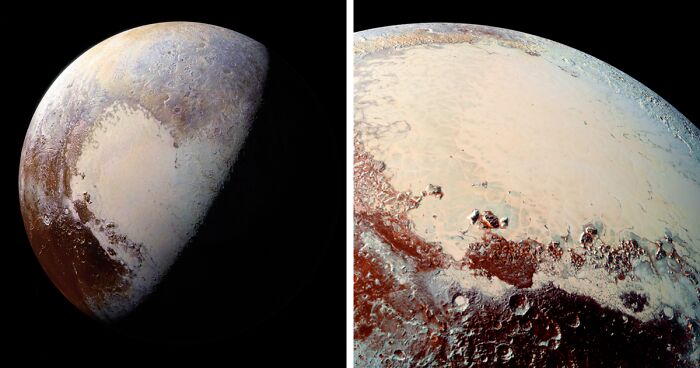
Pluto Got Its Heart “Mark” After Collision With Planetary Body Roughly Twice The Size Of Switzerland
Being heartbroken for 2 months fades in comparison to Pluto’s heart that has been broken for billions of years!
Pluto’s mesmerizing heart was captured for the first time in 2015 by NASA’s New Horizons mission and has intrigued scientists ever since. The researchers believe that billions of years ago, a planetary body collided with Pluto leaving a 825-kilometer-wide crater that slowly shaped into its icy heart.
Recently, observations revealed that Pluto got its heart from a collision with a planetary body
Image credits: Thibaut Roger
Image credits: NASA
This massive bright region on the dwarf planet’s surface is better known as Tombaugh Regio. It expands roughly 1,000 miles and was named after Clyde Tombaugh, an astronomer who discovered Pluto in the 1930s. The large heart-shaped structure has been captivating scientists for nearly a decade, yet only now they are getting closer to the main answer on how it was formed.
The famous heart is not composed of a single element: Sputnik Planitia covers an area equivalent to a quarter of Europe or the United States. And surprisingly enough, this region is roughly 2.5 miles lower in elevation than most of Pluto’s surface.
Led by Martin Jutzi, a senior researcher at the University of Bern in Switzerland, the scientists used a specific simulation method called smoothed particle hydrodynamics to test various angles of collision and sizes of impactors. This was supposed to help find out which dynamics would lead to the formation of Sputnik Planitia, the western teardrop-shaped part of Pluto’s heart.
According to the new study, Sputnik Planitia was formed due to a collision with a planetary body, roughly twice the size of Switzerland from east to west, that likely crashed into Pluto at a slanted angle, rather than head-on.
“Pluto’s core is so cold that the (rocky body that collided with the dwarf planet) remained very hard and did not melt despite the heat of the impact, and thanks to the angle of impact and the low velocity, the core of the impactor did not sink into Pluto’s core, but remained intact as a splat on it,” explained Dr. Harry Ballantyne, the lead study author and research associate at the University of Bern in Switzerland.
“Somewhere beneath Sputnik is the remnant core of another massive body, that Pluto never quite digested,” added Erik Asphaug, professor at the University of Arizona’s Lunar and Planetary Laboratory.
Billions of years ago, a planetary body smashed into Pluto and left an 825-kilometer-wide crater that shaped into an icy heart
Image credits: NASA
Image credits: ESA / Hubble
New Horizons was the first spacecraft to explore Pluto up close, flying by the dwarf planet and its moons. It was designed by the engineers at the John Hopkins Applied Physics Laboratory to get to know what it feels like to be at the very edge of our solar system.
It was the fastest spacecraft to leave Earth at the time: a STAR-48 solid-fuel upper stage pushed the spacecraft to 36,000 miles per hour. It took nearly 10 years, 3-billion-miles for New Horizons to reach the distant dwarf planet, yet the spacecraft crossed the diameter of Pluto just in 3 minutes.
“Before New Horizons, everyone thought Pluto was going to be a netball – completely flat, almost no diversity,” said Tanguy Bertrand, an astrophysicist and planetary scientist at NASA’s Ames Research Center in California. “But it’s completely different. It has a lot of different landscapes and we are trying to understand what’s going on there,” he added in the study that was published in the 2020s.
At the time, scientists have discovered that Pluto’s icy heart makes wind blow. Above 4 kilometers (2.5 miles), they are blowing towards the west, which is the opposite direction from the dwarf planet’s eastern spin. As nitrogen within Tombaugh Regio vaporizes in the north and becomes ice in the south, its movement triggers westward winds. There’s no other place in the solar system that has such an atmosphere, except perhaps Neptune’s moon Triton.
“This whole concept of Pluto’s beating heart is a wonderful way of thinking about it,” said Candice Hansen-Koharcheck, a planetary scientist with the Planetary Science Institute in Tucson, Arizona.
The scientists also noticed that Sputnik Planitia’s high cliffs trap the cold air inside the basin, where it circulates and then it becomes stronger as it passes through the western region.
“Sputnik Planitia may be as important for Pluto’s climate as the ocean is for Earth’s climate,” explained Bertrand. “If you remove Sputnik Planitia – if you remove the heart of Pluto – you won’t have the same circulation,” he added.
Image credits: NASA
Image credits: NASA
Sputnik Planitia’s teardrop shape is a result of Pluto’s super cold core and the relatively low velocity of the impact itself, because other types of faster and more direct impacts would have created a more symmetrical shape.
“We are used to thinking of planetary collisions as incredibly intense events where you can ignore the details except for things like energy, momentum and density. But in the distant Solar System, velocities are so much slower, and solid ice is strong, so you have to be much more precise in your calculations. That’s where the fun starts,” said Asphaug.
Previous studies have suggested that Pluto could have a subsurface ocean. If so, then the icy crust over the subsurface ocean would be thinner in the Sputnik Planitia region, creating a dense bulge of liquid water and causing a migration of mass toward the equator. Yet, new research shows something else.
“In our simulations, all of Pluto’s primordial mantle is excavated by the impact, and as the impactor’s core material splats onto Pluto’s core, it creates a local mass excess that can explain the migration toward the equator without a subsurface ocean, or at most a very thin one,” explained Dr. Martin Jutzi, the study author and senior researcher of space research and planetary sciences at the University of Bern’s Physics Institute.
Yet, Kelsi Singer, a principal scientist at the Southwest Research Institute in Boulder, Colorado and co-deputy principal investigator on NASA’s New Horizons Mission, who was not involved with the study has some doubts about such conclusions: “For example, the authors suggest the southern portion of Sputnik Planitia is very deep, but much of the geologic evidence has been interpreted to point to the south being shallower than the north.”
“Pluto is a vast wonderland of unique and fascinating geology, so more creative hypotheses for explaining that geology are always helpful,” added Singer. “What would help to distinguish between different hypotheses is more information about the subsurface of Pluto. We can only get that by sending spacecraft mission to orbit Pluto, potentially with a radar that can peer through the ice,” the scientist shared her thoughts.
A huge heart-shaped feature on the surface of Pluto was captured for the first time in 2015 by NASA’s New Horizons spacecraft and has intrigued scientists ever since
Image credits: NASA
Image credits: NASA
Image credits: NASA
Pluto was once considered to be our solar system’s 9th planet, but then in 2006 was reclassified as a dwarf. It is definitely unique, and not just because of its giant icy beating heart, but also because of such a magnificent birth. There’s a theory that Pluto might be made of a billion comets squashed together.
I guess only the universe knows the true reason behind Pluto’s broken heart, yet what I’m sure about is the huge amount of love this dwarf has from millions of people on planet Earth.
People were sharing loving messages about the distant, lonely, dwarf planet Pluto
Poll Question
Thanks! Check out the results:
I love to write such type of posts so your wish is granted! ☺️🚀
Load More Replies...Poor little Pluto desperately trying to win back the hearts of those scientists who ripped off it’s planet status!
I think now it's more about the time when the scientists are trying to win Pluto's heart 🙃
Load More Replies...Eglė - thank you, as always for another delightful article! I hope you know how much you are appreciated!
For a person who's often feeling lonely and not fitting in on this planet Earth, it means a world, thank you! ☺️🌌✨ I think can really relate to Pluto since I'm also with a broken heart 💔
Load More Replies...The planetary body, roughly twice the size of Switzerland: "I wasn't drunk, Your Honor! He jumped right in front of me, I swear!!"
I would love to believe this way yet for me looks more like a scar from love :))
Load More Replies...Darn. I have been telling people for years that Pluto has a subsurface ocean of liquid water exactly the same size as all Earth's oceans put together. Now they tell me it probably doesn't. Good post.
I love to write such type of posts so your wish is granted! ☺️🚀
Load More Replies...Poor little Pluto desperately trying to win back the hearts of those scientists who ripped off it’s planet status!
I think now it's more about the time when the scientists are trying to win Pluto's heart 🙃
Load More Replies...Eglė - thank you, as always for another delightful article! I hope you know how much you are appreciated!
For a person who's often feeling lonely and not fitting in on this planet Earth, it means a world, thank you! ☺️🌌✨ I think can really relate to Pluto since I'm also with a broken heart 💔
Load More Replies...The planetary body, roughly twice the size of Switzerland: "I wasn't drunk, Your Honor! He jumped right in front of me, I swear!!"
I would love to believe this way yet for me looks more like a scar from love :))
Load More Replies...Darn. I have been telling people for years that Pluto has a subsurface ocean of liquid water exactly the same size as all Earth's oceans put together. Now they tell me it probably doesn't. Good post.

 Dark Mode
Dark Mode 

 No fees, cancel anytime
No fees, cancel anytime 






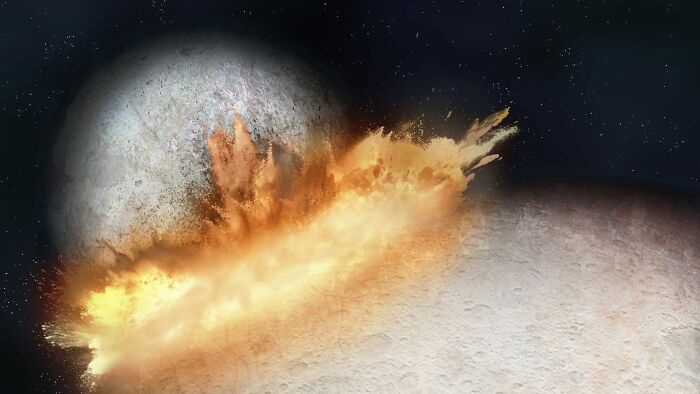
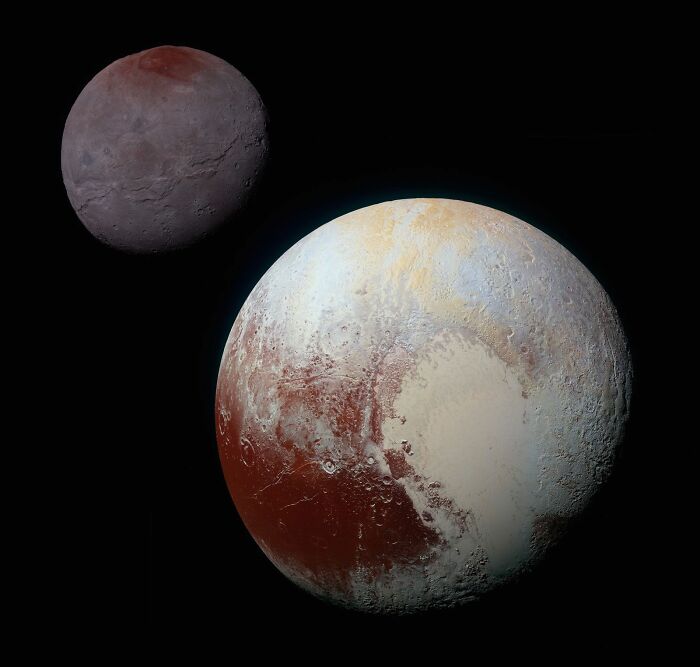
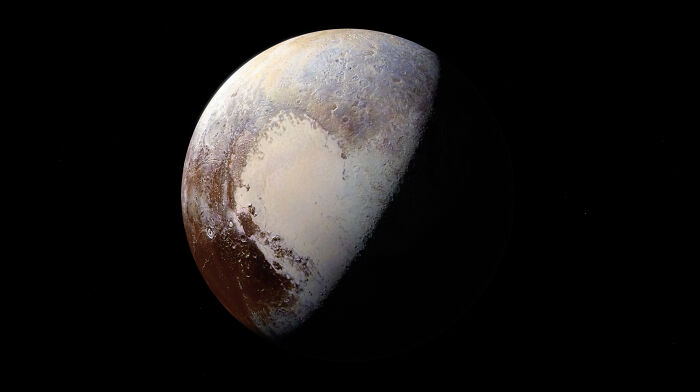
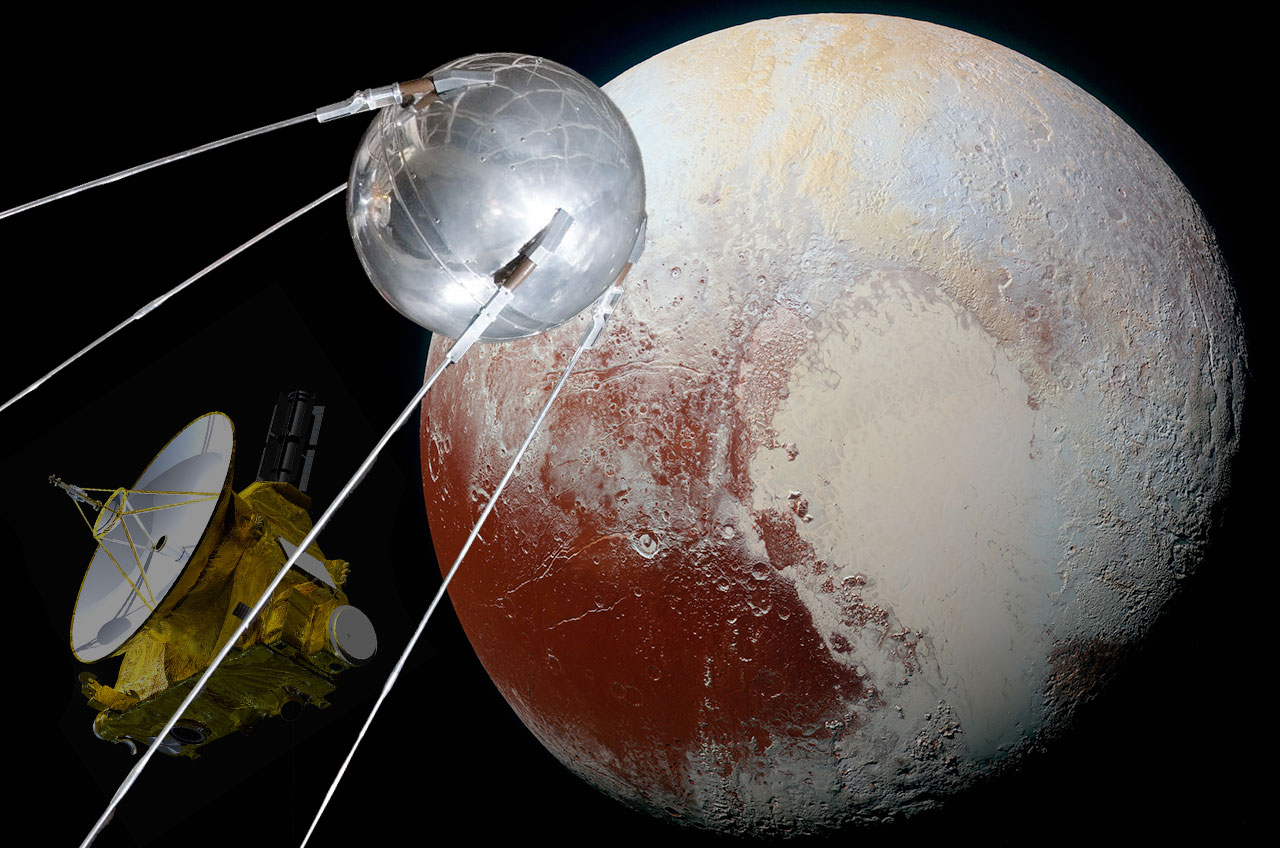
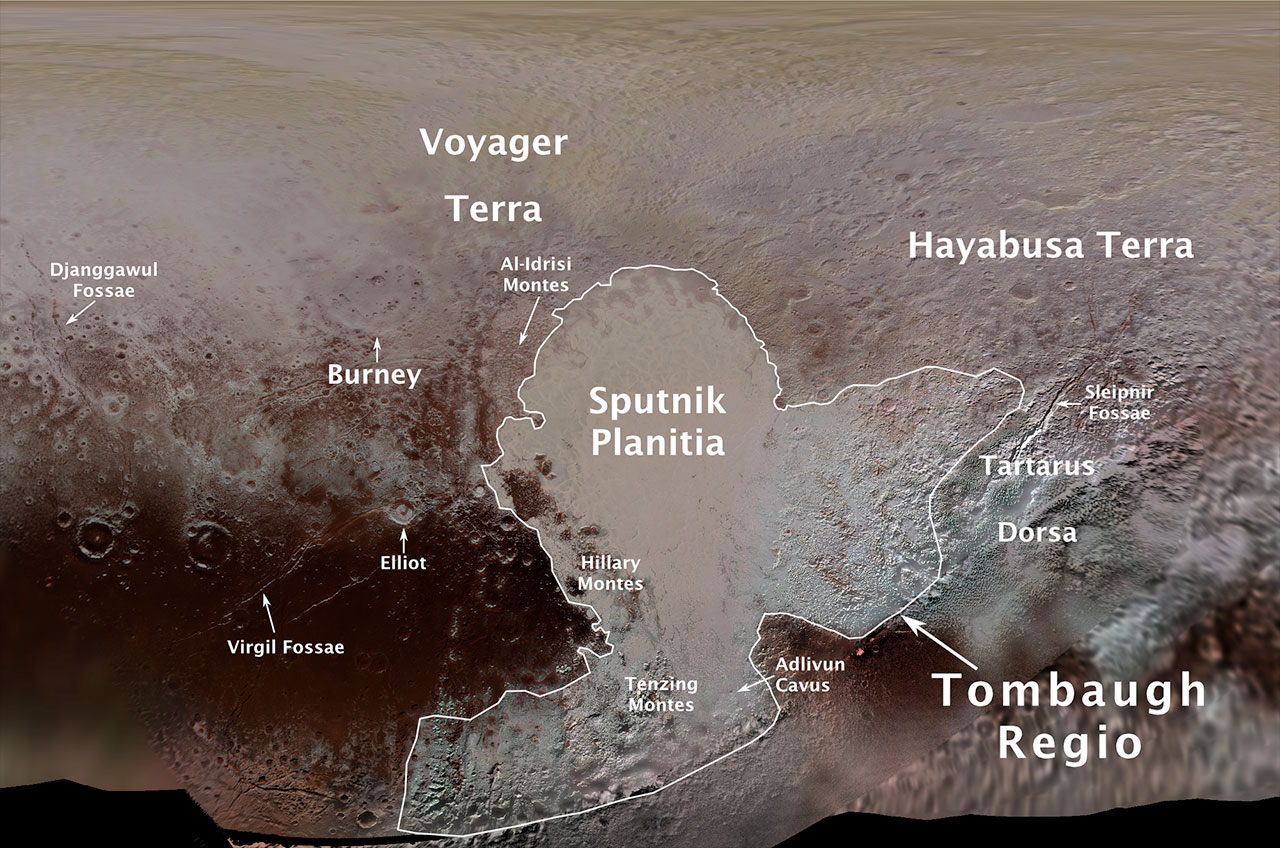
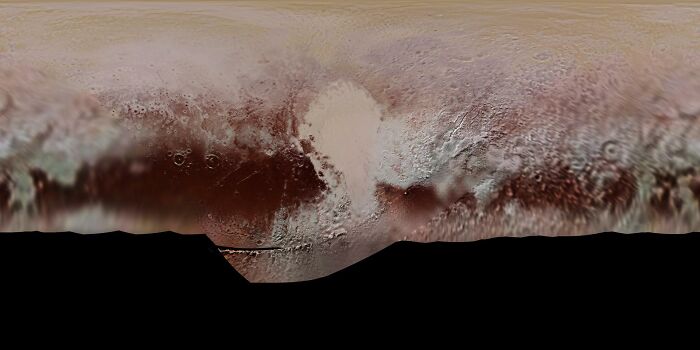

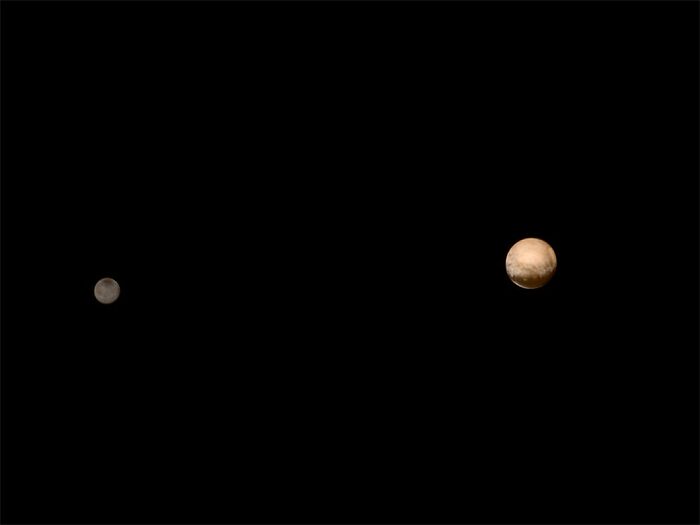
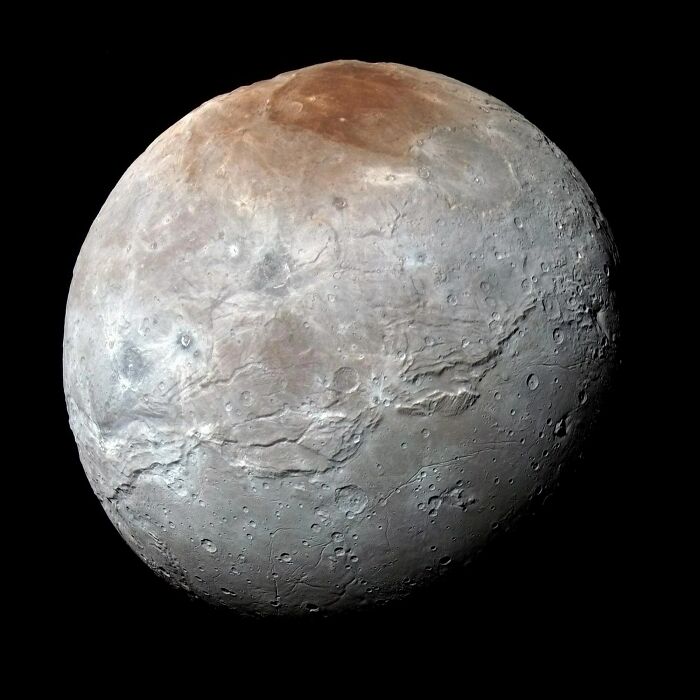


















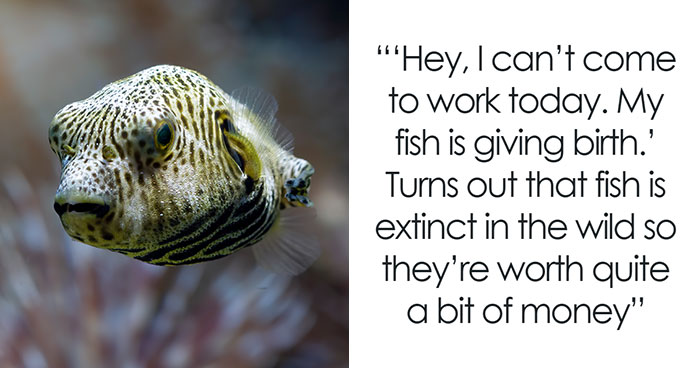
































58
13